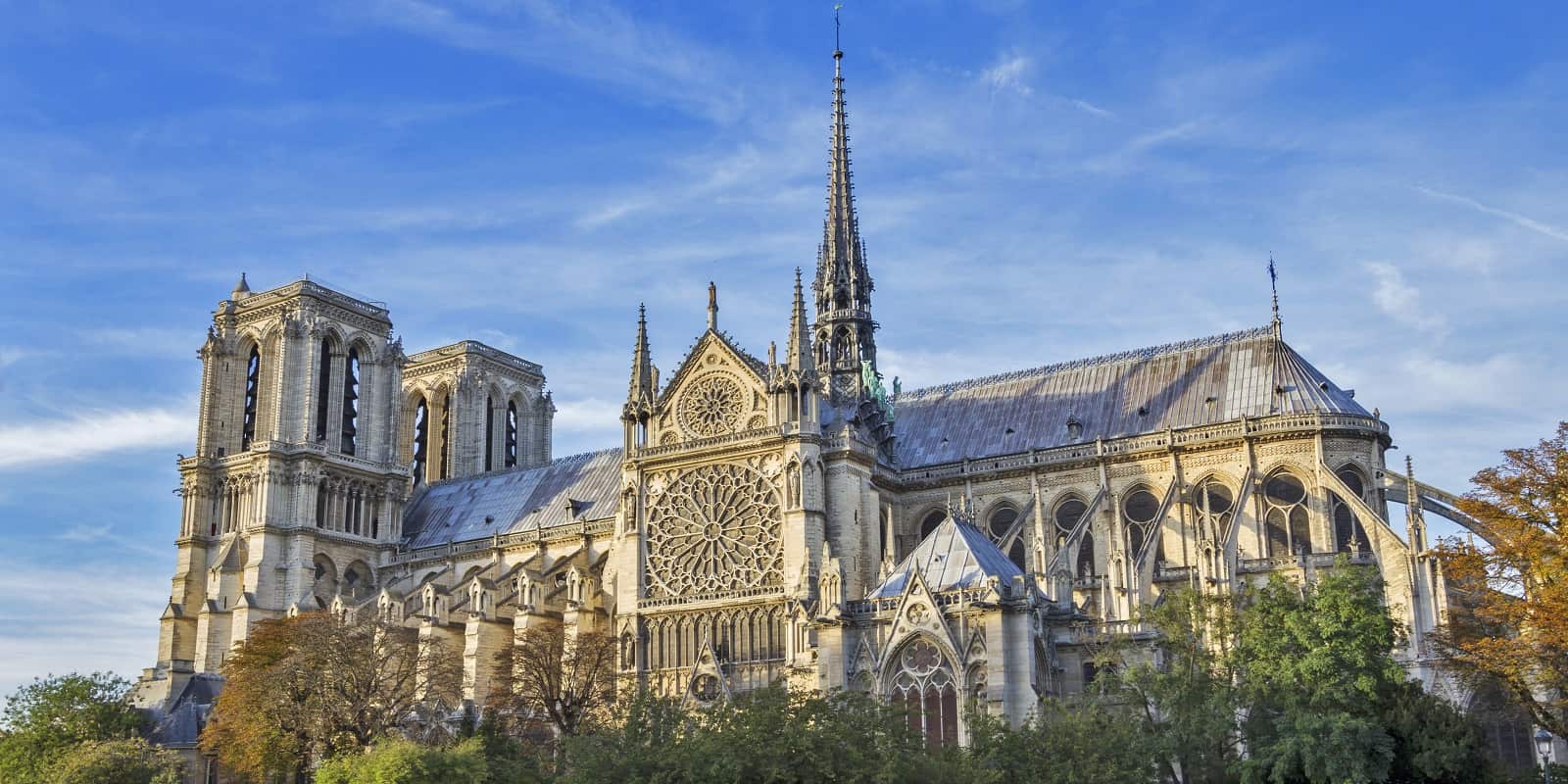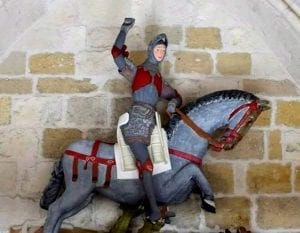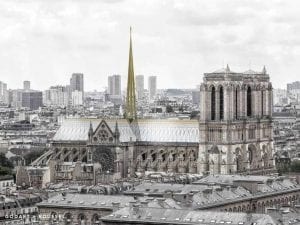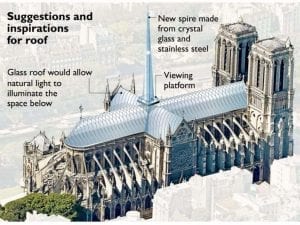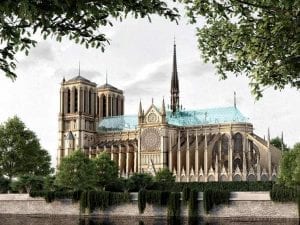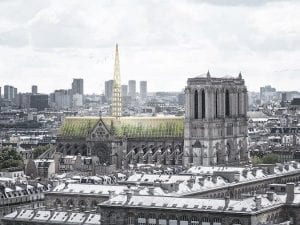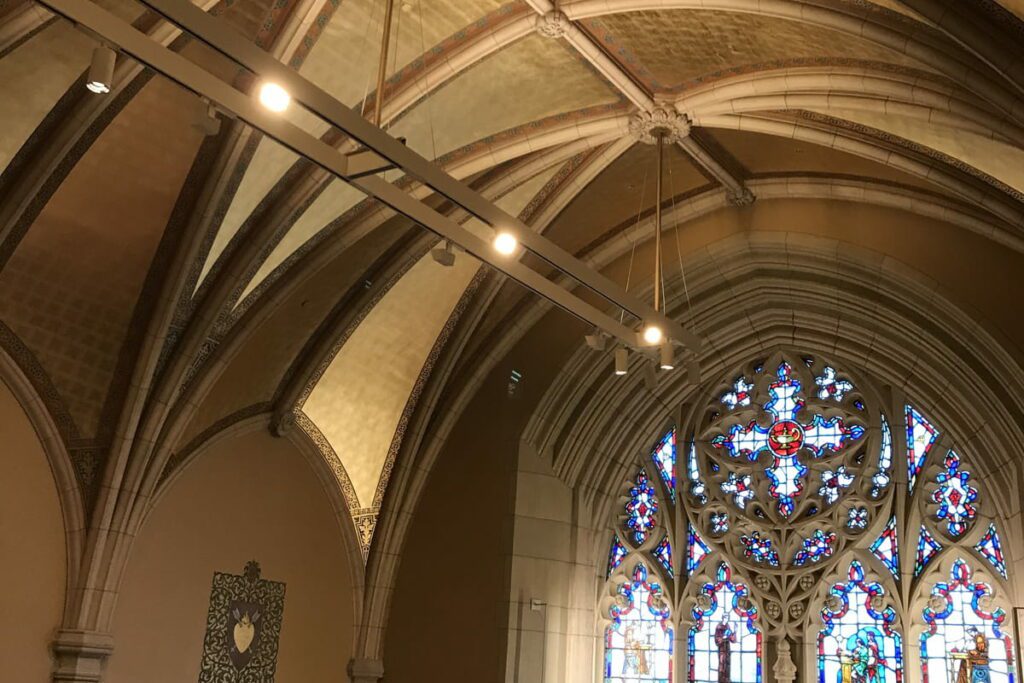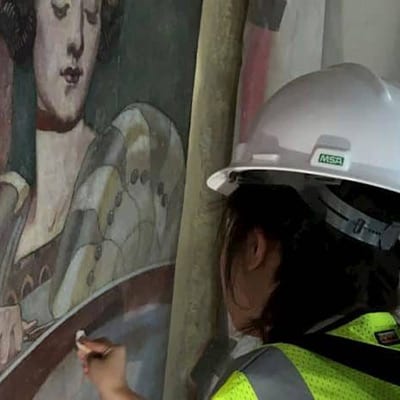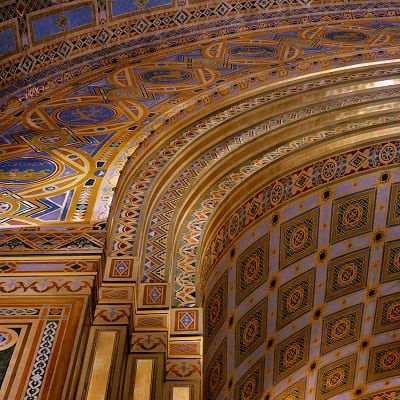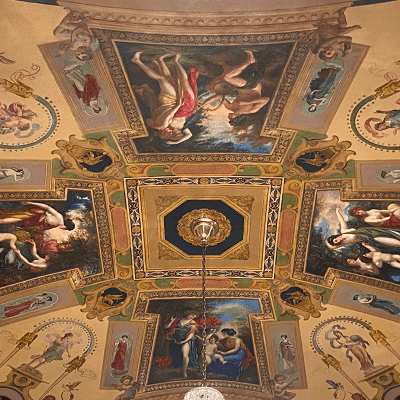And What We Can Learn From Them
In the world of restoration, there are many examples of amateurs with good intentions trying to restore artwork that is beyond their ability to restore.
But good intentions, when they are not paired with adequate training, knowledge, and expertise, can lead to some bad art restoration fails . Amateur restoration jobs often lead to irreparable damage to priceless cultural artifacts.
Simply put, misinterpretations of the original artist’s or architect’s intent, paired with ignorance and a lack of skill necessary for an adequate art restoration, can destroy the integrity of the original work.This makes it essential to seek out a qualified and experienced restoration professional when dealing with valuable cultural artifacts or historical buildings.
All restoration or conservation projects should begin with extensive physical and archival research, conducted by a professional. A professional restoration firm will have the expertise to assess the artwork or structure in question and determine the best course of action for its restoration. They will use specialized techniques and materials to carefully repair any damage while preserving the original integrity of the work. Additionally, a professional restoration firm will work closely with conservation organizations to ensure that their work meets the highest standards of ethical restoration practices.
This research, done prior to beginning an art restoration project, provides valuable information that can prepare the conservator or restorers for the difficulties and challenges they might experience during the restoration.
Such research might, for example, yield important insights into how and why the piece of art was originally created; how it was meant to be viewed and how it related to the environment around it. Similarly, different types of analysis conducted before the beginning of a restoration might inform the materials ultimately used during the restoration, such as historic paints and finishes, or the substrates upon which they are painted.
So, when it comes to restoration, it’s important to leave the work to the professionals and avoid the potential risks of DIY restoration or unqualified restoration attempts.
Below, we examine a handful of the more famous restoration and conservation blunders that have happened in recent years to help you understand what you should avoid when approaching any form of renewal in your historic structures. We have selected one example from each of the following categories: Paint, Sculpture, and Architecture.
Famous Restoration Blunders
1. Painting: Ecce Homo, Borja, Spain
The most famous conservation mistake, perhaps of all time, involves a painting of Christ in a cathedral in Borja, Spain.
Titled Ecce Homo and originally painted around the year 1930 by the Spanish artist Elías Garciía Martínez, the painting had become damaged due to age and exposure to the elements, which caused sections of the work to flake off. This damage is what inspired an 80-year old parishioner and amateur artist named Doña Cecilia Giménez to attempt to restore the painting on her own, with the blessing of the priest (New York Times).
The results of this amateur restoration are devastating, with much of the original historic detail lost under new paint. The image now attracts giggling spectators instead of reverent visitors. On a positive note, the painting has attracted immense tourism. Then again, on the negative, the visitors making the effort to see this work are more interested in their next tweet than in history, art, and architecture—not exactly the tour group you want walking through a cathedral.
2. Sculpture: Statue of St. George, Estella, Spain
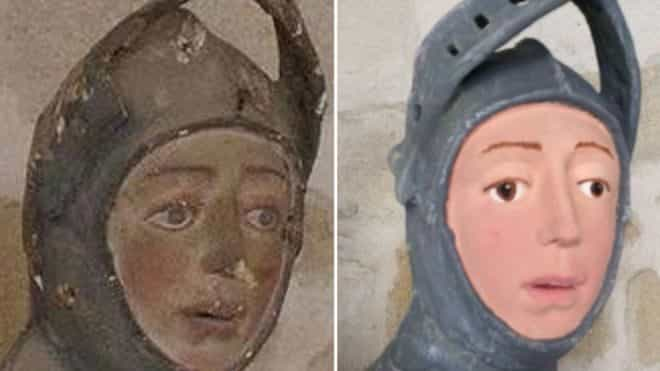
More recently, Spain saw another botched amateur restoration, this time in the repainting of a wooden carved sculpture of St. George located at St. Michael’s Church in Estella, Spain.
A rare example of polychrome (or “painted”) sculpture, the work had originally been completed in the 16th century. Over the years, the wood had darkened with age and filth, and the paint had begun to flake off in sections. Still, despite the age and damage, the sculpture retained an astonishing amount of detail and subtlety.
The local priest, in an attempt to combat this damage, hired a local art teacher for the job, who proceeded to cover over most of the original detail and intent with what has been called “cartoonish” pigments. In fact, the New York Times pointed out an unfortunate resemblance between the sculpture and Herge’s Tintin cartoon, as opposed to a precious statue of more than 500 years.
“Just a touch of paint here and there, the statue will be good as new.” Not entirely untrue, but the amount of overpainted statues in the world could overflow the continental United States. Perhaps that’s an exaggeration, but there is no exaggeration in describing the results of these “restorations” as borderline dark humor.

The restoration drew so much attention and consternation that the statue was “re-restored” in 2019.
The venture was no simple task, costing nearly $34,000 to turn back the last year in the statue’s history—a testament to the costs that can be associated with a poorly planned restoration. Though closer to the original design, the previous, poor restoration attempt will forever haunt the authenticity of the statue.
We are grateful the statue’s dignity is restored and has returned to the public view as a wonder of the past rather than the laughing stock of our crass meme culture.
3. Architecture: The Notre Dame Cathedral, Paris, France
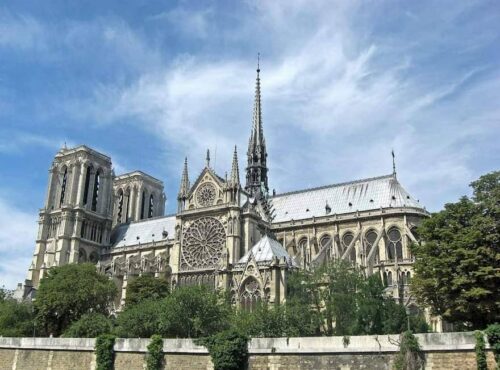
Right now, we are living on a prayer as different architectural suggestions are released for restoring the Notre Dame de Paris after the devastating fire that claimed its iconic spire in April 2019.
Architects from all over the world are submitting proposals for a new roof very different from what was lost in the blaze, including a number of different versions of a new glass roof. This is very interesting, considering this new design completely defies the intention and design of the gothic architecture that the Notre Dame famously exemplifies.
While there is a place for modernism, the place is not Notre Dame. The church has already suffered a fire; let us avoid driving a spear into the heart of the sacred architecture of Notre Dame Cathedral.
We don’t discuss these famous restoration mistakes to make fun, but instead to point out that there are lessons to be learned from past errors.
In each of the art restoration cases listed above, actions led to a loss of history and culture that is difficult, if not impossible, to undo. If you own or are working on a historic structure that includes historic decorative elements (like paint, plasterwork, stonework, or something else entirely), it is important that you take a step back before charging ahead with good intentions for restoring the work on your own.
When it comes to restoration and conservation, it is paramount that the proper steps and careful attention to the original form is analyzed and preserved.
The key to restoration and conservation is preparation. Without appropriate study of the original materials, methods, history, and purpose of the object at hand, the chance of misinterpretation becomes greater. Without proper expertise to execute the project, it is possible to cause costly or even irreversible damage.
When in doubt, we always recommend that owners and architects start any project with a study to analyze the work at hand. A historic paint and finishes investigation or a plaster conditions survey can be a great place to start, offering essential documentation of the work as-is and offering suggestions for next steps. After the initial study is complete, extreme care should be taken in choosing a contractor skilled in recreating historic elements.

